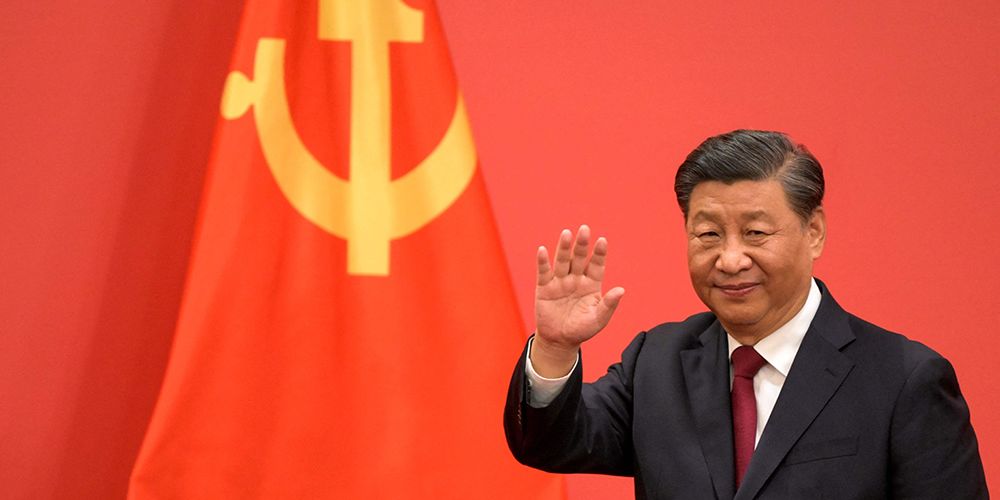Search

Publications
Xi Jinping era: new strategic priorities of China

Sessions of the National People’s Congress (NPC) and Chinese People's Political Consultative Conference (CPPCC) of the 14th convocation were held in Peking from March 5 to March 11, 2023. Under discussion at the sessions were the key issues of political and socio-economic development, the plan and budget for 2023 were adopted, the new leadership of the PRC was elected.
Xi Jinping and his «golden hieroglyphs»
The completed «two sessions» of the NPC and CPPCC, re-election of Xi Jinping as Chairman of the PRC and Head of the Central Military Commission (CMC) for a new five-year term became an important outcome of the country’s political and socio-economic development. The process of cadre rotation among the top party leadership initiated at the XX CPC Congress in October 2022 is over. Elected to the top official position were: Li Qiang as Premier of the State Council, Zhao Leji as Head of China’ Parliament (NPC) and Wang Huning as Chairman of CPPCC.
Members of the Politburo Standing Committee of the CPC Central Committee were wearing new, high-ranking dress coats underlining unbreakable bond of the party with the legislative and executive branches of power, strengthening the role of the Communist Party of China (CPC) in the society and the state and, above all, of personally Chairman Xi Jinping who had actually formed a new team, ready to overcome, professionally and psychologically, powerful internal and external challenges China is facing.
Prior to Xi Jinping’s rule China had lived on the basis of known 24 golden hieroglyphs of Deng Xiaoping which formulated a discrete, expectant strategy – «to hide one’s capacities and to maintain a low profile». During the «two sessions» Comrade Xi formulated six new guidelines: calmness, determination, stability, activity, cohesion and struggle. In front of our eyes China is generating a renewed, more assertive and responsible policy adequate to the challenges and threats of our times and reflecting a new, global role of the «Celestial» power in the world.
Four features of «two sessions». Priorities of economic growth and security
What are the peculiar features of the «two sessions»? As of today, there are at least four.
First, they were held under the conditions of transition of Chinese economy to the model of the high-tech growth with reliance on the domestic market and exit from the «covid stagnation» with expectation to reach a 5% GDP growth in 2023. Actually, this is the post-covid transformation of China into the world driver of growth and modernization. The planned rates, including total gross volume of 18 trillion dollars versus the 0.5% growth declared in the USA and Europe (EU) look convincing and systemic. The collective West cannot counter China with its competitive economic project markedly lagging behind Xi Jinping’s effective model.
Second, with successful accomplishment of social issues through state mechanisms, including the problems of employment, elevation of living standards, expansion of social programs for elderly people and other population groups, development of rural areas etc., the «xiaokang» strategy (society of average prosperity) has already brought positive results and, based on the NPC and CPPCC decisions, is expected to gain further strength.
Third, the «two sessions» were held under the conditions of unprecedented American pressure on China, including various military-strategic, technological, trade-economic and value-focused ideological attacks and provocations of Washington and its allies. Speaking to the officers of China’s People’s Liberation Army (PLA) and military police on the sidelines of the NPC session on March 9, 2023 Xi Jinping wearing military-style field jacket that Chinese leaders had worn in the civil war years openly and directly charged the USA with global and complex suppression and encirclement of China stating the need to create the armed forces of a world level.
It is not incidental that in the plans of China’s development announced at the NPC session military expenditure in 2023 will increase by 7.2% and will amount to 225 billion dollars. By the way, these expenses are four times less than those of the USA. Taking into account aggravation of the Chinese-American relations on the Taiwan and other issues Xi Jinping reinforced military-security and diplomatic branches of the government, including the appointment of new cadres. Qin Gang, the former Chinese Ambassador to the USA who had actively fought against American speculations and blatant fakes using sometimes methods of the Chinese «wolf warrior diplomacy» tested by China during the pandemic and wild accusations against the PRC of «contamination» with COVID-19 became the new Minister of Foreign Affairs. Li Shangfu, a member of the Central Military Commission (CMC), on whom Washington imposed personal sanctions for the acquisition of Russian weapons, became the new Minister of Defense.
Fourth, an important international political background of the sessions was the Chinese plan for peaceful settlement of the Ukrainian crisis consisting of 12 items published on the eve of opening these sessions, which is China’s vision of the global and regional policy today. Unlike the hollow and senseless statements made by Washington, Brussels and Kiev about the need for Russia to surrender her positions and get back to the boundaries of 1991, Peking proposes rejecting the «cold war» mentality, stands against solving the problems of one state at the expense of the other, does not accept unilateral sanctions etc. This plan is known to have caused an aggressive and hysterical reaction of the USA and its allies proving once again that they do not wish any peace and chose the way of escalating the Ukrainian crisis.
Delegates to the sessions noted that the USA actually manipulates the Russian-Ukrainian crisis using lies and provocations. Washington is constantly throwing in false narratives asserting that this is the conflict, allegedly, between «democracy» (USA) and «despotism» (RF, PRC), resorts to the so-called «hegemonic stability» theory enkindling in reality the world chaos and conflicts. Constantly making references to a certain «international order» America cynically sells Russian, Chinese, Islamic and other «fears» it had itself created.
Russia – China: model 2023. New «road map»
One of the key international political positive events of the «two sessions» was further deepening of the Russian-Chinese strategic partnership. It is an open secret that the current agenda of bilateral relations had been drawn up before the commencement of the Russian military operation (SMO). On February 4, 2023 Vladimir Putin and Xi Jinping signed in Peking a big package of political, trade-economic and financial documents. However, after the SMO was launched, after tougher US sanctions, utmost aggravation of relations of Russia and China with the collective West, including both Russian-American and Chinese-American tracks, these should be seriously updated with regard to the wartime missions.
At the present time the Chinese and Russian sides are preparing Xi Jinping’s visit to Moscow where he is expected as a close friend and partner of Russia. After Xi Jinping’s re-election to the post of the PRC Chairman at the NPC session on March 10, 2023 it will be his first foreign visit. The Moscow summit of the Russian and Chinese leaders must not only deepen the international political format, expand international cooperation of the two countries in Eurasia, in the Middle East, in Africa and Latin America, specify and extend the joint algorithm for deterring the USA and its allies, but also adopt a «road map» of renewal and in some areas of radical restructuring of bilateral trade-economic, financial, energy, military and technical, as well as transport and investment connections.
Of special importance now is the necessity to unblock some individual Russian-Chinese export and import operations that occurred after the crisis in Ukraine broke out and the SMO commenced. To strengthen partnership and mutual benefit Chinese friends should gradually overcome the fear of «secondary sanctions» more actively using all possible mechanisms of the powerful Chinese machine. The problem is that irrespective of a degree of Russian-Chinese trade-economic and technological integration, the USA will anyway increase its sanctions pressure on the PRC too. Today politics comes first before the commercial benefit. It is necessary to take risks, it is essential to help and become even closer together.
In the 1990-s – 2000-s Russia is known to have fully covered military and technical requirements of China. Currently, the situation has changed and the Russian side needs the corresponding military and technical assistance, including the extension of supplies of components for the radar and navigation equipment, some parts of unmanned aerial vehicles, exchange of satellite communications data and other Russian-Chinese technological and space cooperation. As is commonly known, under the conditions of aggravated military and political confrontation between China and the USA Russia serves as a reliable strategic rear and guarantor of deterrence against the US. While this takes place, the value and importance of the Russian strategic component under the conditions of remaining and, in some individual cases, increased asymmetry between the nuclear triads of China and the USA in favor of the latter will tend to grow only. It is possible that some harmonization will be required in the military cooperation between China and Russia at all levels ranging from the local one, including the development of trilateral connections between PRC, RF and Byelorussia, to the global format.
Under the conditions of Russia’s «hydrocarbon turn» to China it will also be necessary to apply joint efforts in order to intensify it, to deepen and expand the «corridors» and options of supply as well as to effect additional cooperation on reconciliation of purchase and transit prices without serious dumping conditions objectively deforming the nature of energy cooperation based on confidence and mutual benefit.







